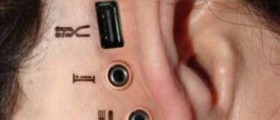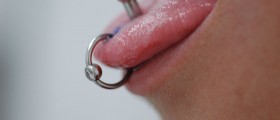
A few words about this part of the hearing system
The eardrum is the common name for the tympanic membrane that is located between the external part of the ear and the middle ear and it plays a important role in the hearing process, since it transmits the sound that comes from the outside to the middle ear and the tiny hearing bones near it. So, that is why the damaged eardrum eventually leads to the possible cessation of the ability to hear and, in addition, the ear turns out to be more susceptible to all kinds of conditions, most likely the infection process and injuries.
Fortunately, the perforated eardrum has the ability to regenerate on its own, but it is always recommended to treat it in right away because the possible complications, described above, may happen. So the first indicators are the increased secretion from the ear which could be followed by pus or blood, the troubles with hearing, dizziness felt from time to time, and, consequently, the urge for throwing up, and, of course, the intense and short-lasting attacks of the ache.
Surgical procedure as the most effective solution
As far as the provokers are concerned, it is important to know them, so that the treatment could be as effective as possible. Therefore, besides the most frequent trigger of this condition, which is injury caused from the disruption of balance between the internal and external pressure, another very common provoker is the infectious process of the middle ear. Nevertheless, the trigger in the latter mentioned case is also the disequilibrium of the pressures, because of the increased amount of the fluid in the ear canal. Additionally, the very intense sound can lead to a problem with pressure.
Having in mind that immediate treatment is highly recommended, it should be also emphasized that the extent of the disability to hear depends on the size of the perforation on the eardrum. And, additionally, the rupture may be either, the provoker and the consequence of the infectious process of the middle ear, since another important function of this membrane is the protection from the germs and foreign bodies. However, if left untreated, this condition can also result in the formation of a cyst in the middle ear.
Anyway, this problem is conventionally and most frequently treated by surgical intervention which is logically based on closing the hole and promoting the process of regeneration. So, that is why the hole is usually closed by special adhesive plaster, but if that doesn’t work the surgical intervention is needed, and it is based on applying the part of the skin over the hole, instead of the plaster.

















Your thoughts on this
Loading...